13 Best Cloud Monitoring Tools to Optimize Cloud Performance

Introduction
When operating applications across cloud, hybrid, and on-premises environments, visibility into your full system is critical.
Observability consisting of metrics, logs, and traces, lets you not just monitor what happens but understand why it happens. In this article we’ll walk through 13 leading observability platforms, compare their strengths and ideal use cases, and help you decide which fits your environment, engineering team, and business goals.
1) Datadog
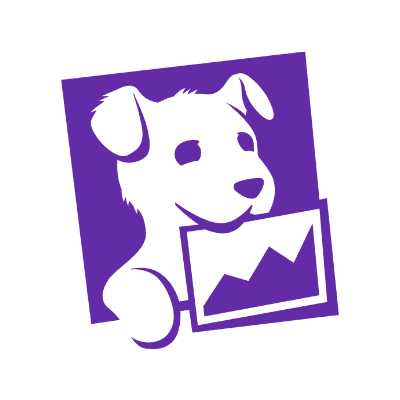
- Datadog provides a “full-stack monitoring” approach: it supports hosts, containers, serverless applications, and networks across cloud, hybrid, or on-premises environments.
- It supports integration with hundreds of vendor technologies (900+ listed in some docs).
- The Watchdog feature uses machine learning to detect “unknown unknowns” (anomalies not explicitly configured)
- Because it combines metrics, logs, traces, and security signals in one pane, teams can move more quickly from alert to root-cause analysis.
- If you have a complex stack (microservices, hybrid cloud, containers, and serverless) and need a single system that spans infra, app, network, and security, Datadog is a strong choice.
Considerations: Cost can grow with scale; given the breadth of features, setup and tagging strategy matter.
Example decision point: If your team needs to correlate front-end user errors (RUM) with backend trace spans and log events across hybrid infra, Datadog gives you that in one interface.
2) New Relic
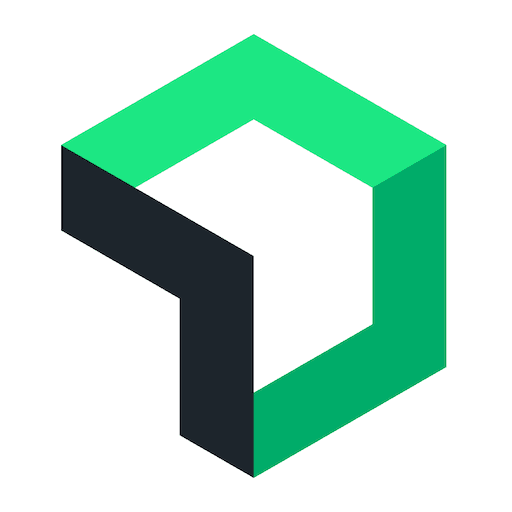
- New Relic markets its “Intelligent Observability Platform,” which offers 50+ capabilities and 780+ integrations.
- In late 2024 they unveiled new AI features, the “New Relic AI Engine” and integration with GitHub Copilot, plus support for SAP, retail solutions, and agentless monitoring.
- The platform promotes “all your telemetry in one place”; it unifies metrics, logs, traces, and events rather than siloing them.
Use case: If your engineering team is developer-centric and wants instrumentation tied closely to code, with AI-assisted insights and large-ecosystem support
Considerations: Pricing model (usage-based) and ensuring all your telemetry sources integrate well.
Example decision point: If you are building apps with frequent deploys and multiple languages/frameworks and want to tie performance issues back to code change events, New Relic offers strong developer tooling plus observability.
3) Dynatrace
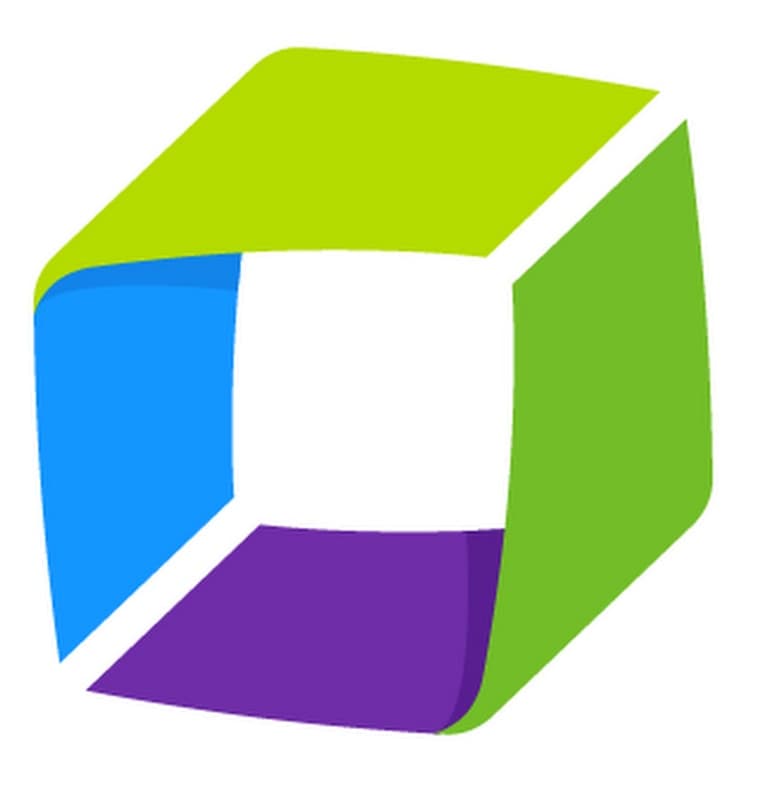
- Dynatrace uses a proprietary “OneAgent” that auto-discovers services, maps dependencies, and builds a live topology view (Smartscape).
- It emphasizes AI and automation (their “Davis” AI engine) to reduce manual effort in root-cause analysis.
- Very focused on large-scale environments, including multi-cloud, on-prem, microservices, containers, business analytics, and security.
Use case: If your environment spans many services, clouds, and tools, and you want visibility, mapping, and automated insights across everything, Dynatrace is compelling.
Considerations: May be more complex to set up, and pricing/licensing requires evaluation for large estates.
Example decision point: If you are in an enterprise scenario with thousands of services and need to visualise dependencies and service impact of changes, Dynatrace delivers that depth.
4) Amazon CloudWatch
Best for: Native AWS monitoring with logs, metrics, events, alarms, and dashboards tightly integrated across AWS services.
Standout features: Built-in observability to respond to performance changes, optimise resources, and view operational health in one place.
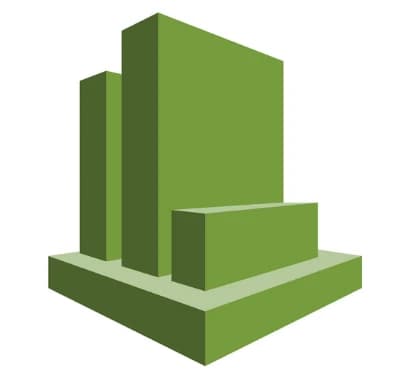
- CloudWatch is AWS’s native monitoring service. It collects metrics, logs, and events and lets you set alarms and dashboards all within the AWS ecosystem.
- You can monitor AWS resources like EC2, RDS, Lambda, S3, and your applications running on AWS.
- Because it integrates tightly with AWS services, the setup is straightforward when your stack is predominantly AWS.
Use case: If you are primarily on AWS and want a monitoring/observability solution that works seamlessly with AWS services, CloudWatch is logical.
Considerations: If you have multi-cloud or need deep APM/tracing across non-AWS systems, you may find you need additional tooling.
Example decision point: If your architecture is mostly AWS (EC2, Lambda, RDS) and you want a unified view of resource usage, alarms, and logs without major third-party overhead, CloudWatch is suitable.
5) Azure Monitor
Best for: Complete monitoring across Azure and hybrid environments with a unified data platform for metrics, logs, and traces.
Standout features: Deep Azure service insights, near-real-time metrics, and integrations with broader Microsoft and third-party tools.
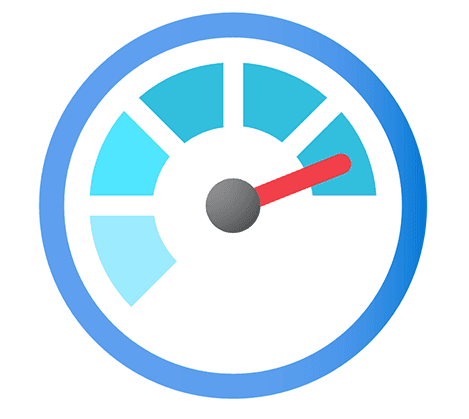
- Azure Monitor collects data from applications, virtual machines, containers, databases, networks, on-premises and other clouds, and stores them in a common data platform.
- The platform supports the three pillars of observability: metrics, logs, and distributed traces
- Particularly useful if you have significant investment in Azure services, hybrid resources, or Microsoft ecosystem tooling.
Use case: If your stack relies on Azure (including VMs, Kubernetes, and PaaS), or you have mixed cloud and on-premises resources, Azure Monitor provides unified visibility.
Considerations: As with any native platform, if you span many clouds, you’ll want to ensure broad integration or consider supplementing.
Example decision point: If your organisation runs on Azure plus on-premises and you need a single monitoring platform that covers those moving parts, Azure Monitor is a strong match.
6) Google Cloud Operations Suite
Best for: GCP users needing integrated monitoring, logging, tracing, and incident workflows aligned with SRE practices.
Standout features: Enhanced operations with dashboards, recommendations, and alerts to monitor and troubleshoot at scale.
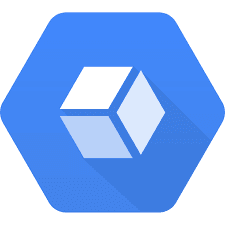
- Google Cloud’s observability stack (Monitoring, Logging, Trace, and Profiler) is built into GCP and also supports hybrid/multi-cloud setups.
- It emphasises SRE practices (SLIs/SLOs) and supports collecting metrics, logs, traces, and custom data from GKE, VMs, other clouds, and on-premises.
Use case: If your infrastructure is on GCP or you seek strong integration with Google’s managed services and SRE tooling, this suite is appealing.
Considerations: Similar to other native cloud platforms, the breadth of non-GCP integrations may be less than general-purpose tools.
Example decision point: If your workloads run on GKE, Cloud Run, BigQuery, etc. in GCP and you want built-in observability that follows Google’s practices, then this suite is optimal.
7) Grafana Cloud
Best for: Flexible visualization and analytics with managed metrics, logs, traces, rich dashboards and plugins.
Standout features: Open-core approach with broad data source support and customizable, ready-made dashboards for fast value.

- Grafana Cloud is a fully managed observability platform combining metrics, logs, traces, dashboards, and alerting.
- It supports open-source underpinnings (Grafana for dashboards, Loki for logs, Tempo for traces, and Mimir/Prometheus for metrics) and emphasises flexibility and extensibility.
Use case: If your team wants high customization, visualization-centric tooling, or uses open-source observability stacks and wants a managed version of them.
Considerations: You may need to integrate agents/data collectors and design dashboards; custom APM may be less mature compared to dedicated platforms.
Example decision point: If you already use Prometheus+Grafana for metrics and logs and want to unify traces and dashboards without switching to a full vendor ecosystem, Grafana Cloud is a smart fit.
8) Prometheus
Best for: Metrics-heavy, cloud-native/Kubernetes environments needing time-series collection and alerting at scale.
Standout features: The de facto standard for metrics with a strong ecosystem and pairing with Grafana for dashboards in cloud workloads.
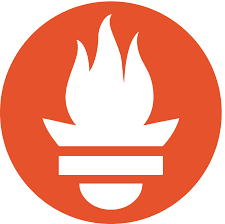
- Prometheus is an open-source time-series database and monitoring toolkit, widely adopted in Kubernetes and containerised environments.
- It excels in metrics collection, alerting rules, scraping targets, and integrating with service discovery in dynamic environments.
Use case: If your focus is on metrics, especially in microservices or container orchestration environments such as Kubernetes, and you have engineering bandwidth to operate/host parts of the stack.
Considerations: Prometheus typically covers metrics; you may need additional tools for logs/traces and enterprise features like AI anomaly detection or unified dashboards unless you build them.
Example decision point: In a DevOps/Kubernetes shop where you already use Prometheus for metrics and perhaps Grafana for dashboards, sticking with Prometheus (plus complementary tools) may be efficient.
9) Splunk Observability Cloud
Best for: Large-scale, distributed systems that need enterprise observability across infrastructure, APM, and real-time analytics.
Standout features: Part of a leading infrastructure monitoring suite frequently recommended for high-throughput, multi-service estates.
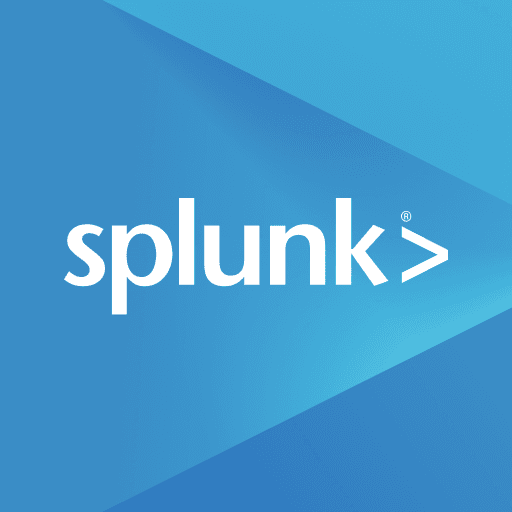
- Splunk Observability Cloud builds on Splunk’s heritage in log analytics and expands into metrics, traces, and infrastructure monitoring at scale.
- It suits organizations with a high volume of telemetry, requiring real-time analytics, large data throughput, and rich search/dashboard capabilities.
Use case: Enterprises with many data sources need to consolidate logs, metrics, and traces in a high-capacity environment with strong analytics.
Considerations: Costs can be high; deployment and onboarding can be heavier compared to simpler tools.
Example decision point: If you have a large service ecosystem, heavy logging and analytics needs, and want an established enterprise-grade platform, Splunk is appropriate.
10) AppDynamics (Cisco)
Best for: Business-centric APM with transaction snapshots, baselining and end-user monitoring mapped to business KPIs.
Standout features: Business iQ dashboards and deep diagnostics for tying application performance to business outcomes and SLAs.
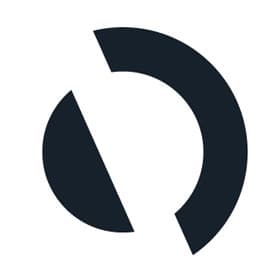
- AppDynamics emphasises tying application performance to business metrics, for example, mapping user transactions to revenue and performance to customer experience.
- It offers deep APM capabilities, transaction snapshots, code-level diagnostics, and end-user monitoring.
Use case: Organizations where performance of applications is tightly tied to business KPIs, SLAs, and customer experience metrics, and you want observability framed in business terms.
Considerations: Might offer less breadth of infrastructure/logs/traces compared to full-stack vendors but is strong in APM/business alignment.
Example decision point: If you are an e-commerce business where transaction latency impacts revenue, and you want to monitor performance in business terms (e.g., checkout time affects conversion), AppDynamics is a good fit.
11) LogicMonitor
Best for: Multi-cloud and hybrid infrastructure monitoring with third-party depth and AI-assisted insights.
Standout features: Recognized alongside Datadog, New Relic and Dynatrace for advanced observability and multi-cloud support.

- LogicMonitor focuses on infrastructure, cloud resources, networks, hybrid environments and offers observability beyond just applications.
- It includes AI insights, anomaly detection, and strong support for hybrid and third-party systems.
Use case: Enterprises with a mix of cloud, on-premises data centers, and network devices that want consolidated monitoring across these.
Considerations: Might require integration to tie into application-level traces/logs if your priority is full APM.
Example decision point: If your infrastructure spans on-premises legacy systems plus cloud, and you need unified visibility with AI-driven alerts for errors across hosts/networks, LogicMonitor makes sense.
12) Better Stack
Best for: Unified logs, metrics, and uptime with powerful dashboards, live tail, and a generous free tier for quick ramp-up.
Standout features: SQL-like log queries, ready-made cloud dashboards, and collaboration features for modern teams.
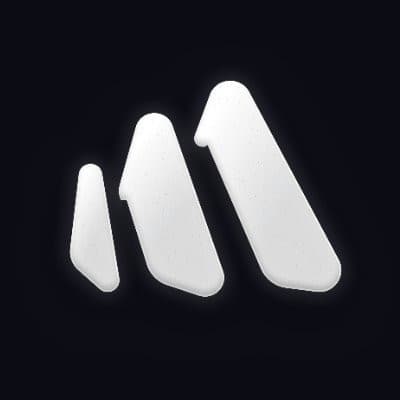
- Better Stack is a newer/leaner observability platform designed for smaller/mid-sized teams that need unified logs/metrics/uptime without heavy overhead.
- The platform emphasises developer-friendly tools, simple dashboards, live tail of logs, and built-in collaboration.
Use case: Fast-growing startups or small engineering teams that want to centralize telemetry quickly and collaborate across logs/metrics/alerts without large overhead.
Considerations: May not yet have all the depth or enterprise robustness of legacy platforms, but offers quick onboarding and good value.
Example decision point: If you run early-stage SaaS or microservices and want to set up observability fast, with minimal friction, Better Stack is a sensible choice.
13) Elastic Observability
Best for: Teams standardizing on the Elastic Stack for end-to-end telemetry spanning logs, metrics and traces.
Standout features: Commonly listed among leading observability suites with broad integrations and analytics capabilities.

- Elastic Observability builds on the well-known Elastic Stack (Elasticsearch, Kibana, Beats/Logstash) to provide an integrated observability solution for metrics, logs and traces
- It's a good option when you already use Elasticsearch for search/analytics and want to extend it to telemetry and observability.
Use case: If you have heavy log or search-analytics investments in Elastic and want to bring in observability in that same ecosystem, this makes sense.
Considerations: Additional configuration may be required compared to turnkey SaaS options; expertise in Elastic will help.
Example decision point: If your team already uses Elastic for log analytics and you want to extend to full observability without introducing a brand new toolchain, Elastic Observability is logical.
